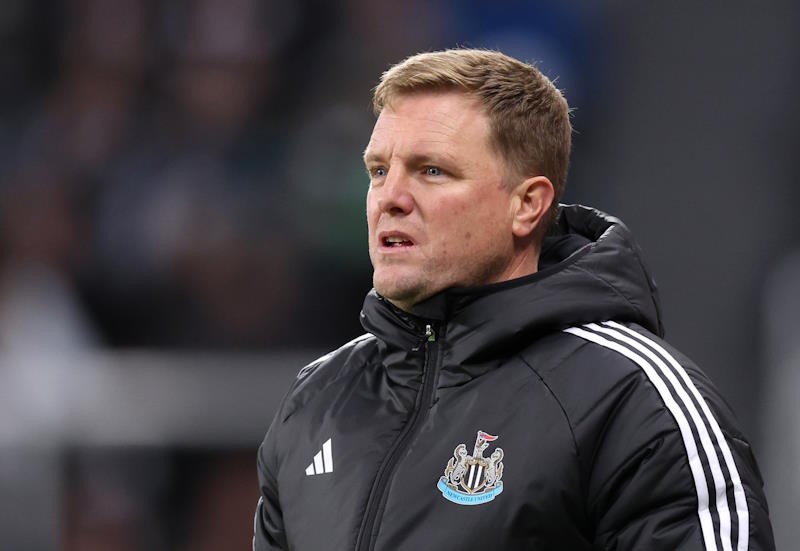
Frank Myrland
Soccer in North America has had its fair share of woes. The North American Soccer League managed to operate only 16 years before being disbanded in 1984. The current top tier, Major League Soccer, has only a handful of teams and struggles to pull in regular attendance in a continent dominated by other professional sports. With the above considered, the situation was already dire enough before half of the teams in USL-1, the second tier of American soccer, broke away with the intention of starting a new league.
After a time of swirling rumours and uncertainty, six teams announced that they were separating from the league on 10th November, 2009. The departing teams were the Carolina RailHawks, Miami FC, Minnesota Thunder, Montreal Impact and Vancouver Whitecaps. The new league, which is to take on the same name as the once glorious but now defunct North American Soccer League, would be still be the second tier of the hierarchy, on par with the remains of the USL-1 in the United States and Canada league pyramid.
Soon after the announcement, the Rochester Rhinos changed allegiances to side with the new league, and the planned expansion team Tampa Bay Rowdies also cancelled their debut with the USL-1 in favour of the NASL. This leaves the USL-1 to face the 2010 season with only five teams. In addition to the eight teams that split from USL-1, one new franchise team from St. Louis will be created for the NASL’s inaugural season and another team, Crystal Palace Baltimore, was promoted from the USL-2.
Perhaps most devastating to the USL-1 is that two of the teams involved in this mutiny played for the championship last year, with the Montreal Impact claiming the title over the Vancouver Whitecaps.
The entire incident occurred after the sports company Nike, who acquired the league after buying rivals Umbro, sold their stake in the United Soccer Leagues to NuRock Soccer Holdings, rather than the Team Owners Association (TOA), a group of USL First Division owners. The owners felt slighted by the move and their displeasure snowballed to include their unhappiness with the league in general. Citing the management structure and ownership model as reasons, the TOA abandoned ship.
But the new NASL has a way to go yet before their first kick-off. The league has to be sanctioned by either the United States Soccer Federation or Canadian Soccer Association in order to be accepted into the second tier of the United States and Canada Soccer hierarchy. With the future and memberships of the league uncertain at the present time, there is no guarantee that this new NASL will ever even see that first kick-off. As expected, the USL has looked into taking legal action against the mutineers, suggesting both that the teams were contractually obliged to play in the 2010 season and that the departing teams made misleading comments with the intention of ruining the reputation of the USL First Division.
The president of the new NASL is Selby Wellman, who also co-owns the Carolina RailHawks. Joey Saputo, chairman of Montreal Impact, is the Chairman of the Board of Governors, and Jeff Cooper, chairman of the proposed St. Louis soccer club, is Spokesperson. Saputo was also recently in North American soccer headlines for his bid to get the Montreal Impact into the MLS which ultimately fell short. Still among the league's duties before the new season is the task of finding a commissioner.
North America, even now, does not have a system for relegation and promotion between leagues, mainly because many of the smaller teams simply can’t draw the crowds or bring in enough profit to afford operating in the MLS. Also, with an MLS franchise costing in the region of $40M, few potential owners want to shell out a large sum of money when there is a chance they may be relegated come the end of the season. The only way a team can move up the pyramid is by applying as an expansion team. If a promotion system was in place, the USL-1 teams might have been able to play their way out of this predicament and into the MLS.
Whether or not this new league will be a shining beacon for soccer in North America remains to be seen. After all, whether or not this new league will even play a single game is still unknown. The Governing body of soccer in North America will likely try to merge the two leagues into one, rather than let the hierarchy fall into further disarray. But the very fact that there are owners who have had enough of an unstable league and are looking to redefine the soccer system should be an encouragement to North American soccer fans.
Related Articles:
- – Chivas USA Add Needed Hispanic Dynamic to MLS
- – New York Red Bulls with Season to Forget
- – Opinion: Stop Moaning – MLS Playoffs Not Perfect But they Work












